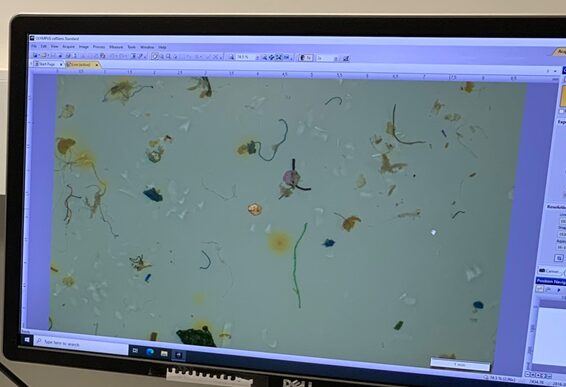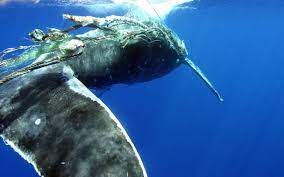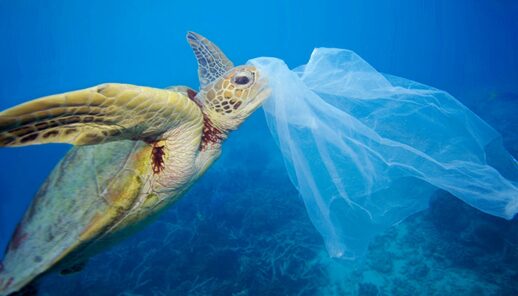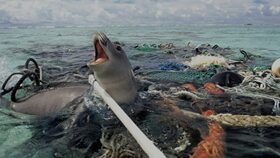Plastic isn’t on marine animals diet list, or is it?
Plastic pollution is becoming one of the most spoken topics in media. Every year a massive amount of plastic solid waste, also called marine debris ends up in our oceans. How marine debris impacts our marine life is well discussed but, the specific impact of plastic on the survival of marine megafauna is less discussed.
Lauren Roman and her team did an extended publications search to determine the number of marine megafaunas included cetaceans (whales and dolphins), pinnipeds (seals), sea turtles, and sea birds, in which cause of death was from marine debris (Roman et al. 2020). This article summarizes their findings.
How does plastic end up on the marine megafauna diet list
Marine megafauna can die from plastic pollution by ingesting it and also by entanglement. Marine debris ingestion in the marine megafauna is known since the 1950s. Those plastic ingestions happen due to mistaken identity for food and also as incidental ingestion during feeding. In total, Lauren and her team went over 665 publications from which 159 animals have marine debris as their cause of death.
Plastic forms include hard plastic, film-like plastics (plastic bags), plastic fragments, fibers, balloons and latex, rubber, etc. All those types are included in Lauren’s research. The film-like plastics were the ones that resulted in animal injury the most. The worst is that these film-like plastics are made for single use.
As you may already guess, most of that plastic is coming from human production. Plastic materials are all around us included our beauty products, plastic bags, straws, cutlery, fishing gear, etc. The fishing gear especially represents a huge part of the reason why so many marine megafaunas are dying from plastic ingestion. Commercial fisheries, for example, have a gear loss rate of 5.7% of nets lost and 29% of line lost.
Big plastics are not the only problem
Large plastic items are only a small percentage of total marine debris. Microplastics are plastic items smaller than 5 mm and are one of the most present debris in our oceans and commonly ingested by marine animals. Those microplastics include fiber, plastic fragments, beads, etc. And believe it or not, many of those microplastics, especially fibers, end up in our marine environment from our homes, specifically from our washing machines. Small turtles and seabirds are the most vulnerable to microplastics ingestion.

How many marine megafaunas die from plastics
When it comes to the most lethal type of marine debris, it would be film-like plastics. This type of plastic causes the most deaths in whales and sea turtles by causing a blockage in their stomach. Seals seemed to be more vulnerable to die due to fishing debris, and hard plastic caused the most deaths among seabirds.
Lauren’s team found that for a total of 1328 death, 159 death were due to plastic ingestion.
Cetaceans (whales and dolphins)
Those animals had a total of 132 deaths from which 34 were due to plastic ingestion. The Sperm whale had the highest number more specifically, 8 of 16 deaths were identified as debris death.
Pinnipeds (Seals)
Lauren and her team didn’t find many seals deaths within her research. However, 5 out of 20 deaths were due to marine debris.
Sea turtles and Sea birds
Sea turtles had a total of 515 deaths, of which 103 were due to plastic ingestion. 59 out of 371 endangered Green sea turtles were due to marine debris. The sea birds had the highest number of deaths. But only 17 out of 658 sea birds dead found by Lauren and her team were due to marine debris.
What can we do to stop plastic pollution
Many things can be done to stop plastic pollution. It is important, to prioritize policies to reduce the death related to marine debris. Lauren and her team suggested prioritizing the prevention of larger and more lethal items, rather than microplastics. One of the most current solutions to reduce plastic pollution is plastic bans, especially those single-use ones. Those bans are happening all around the world, with the most recent being here in Queensland, where single-use plastics are banned from 1st September.
This article was originally part of Griffith university course assessment


